There are few things more American than Marines, baseball, and baseball cards. An artifact in the collection of the National Museum of the Marine Corps encompasses all three. This unique artifact documents the cultural connection between a career Woman Marine and sports – a baseball card of Helen Hannah Campbell, who was a chaperone with the All-American Girls Professional Baseball League from 1947-1951.
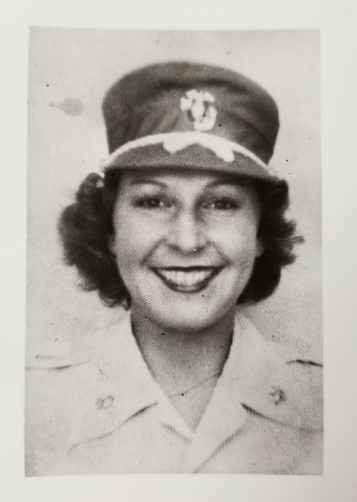 Helen Hannah Campbell
Helen Hannah Campbell Campbell’s father was professional baseball player James Harrison “Truck” Hannah. His 30-year career included a three-season stint with the New York Yankees from 1918-1920 playing alongside baseball great Babe Ruth. This link to the world of baseball led Campbell in 1947 to become a chaperone in the All-American Girls’ Professional Baseball League (AAGPBL), the organization that inspired the movie A League of Their Own.
The AAGPBL was a professional baseball league founded by Philip K. Wrigley in 1943 to prevent the possible collapse of major league baseball parks around the United States while players were serving overseas. After recruiting his players, Wrigley was determined to make them into the ideal “all-American girls.” He emphasized not only the physical training required for the sport, but also training in dress and conduct that would maintain the “squeaky clean” image of the league. Spring training included all-day workouts that were followed by “charm school” in the evenings, where players learned how to put on makeup and how to behave with a date. Players had to adhere to strict “Rules of Conduct.” To ensure they acted like ladies on and off the field, Wrigley hired chaperones for each team. These chaperones traveled with their teams and acted as mothers, nurses, communicators, counselors, disciplinarians, and trainers.
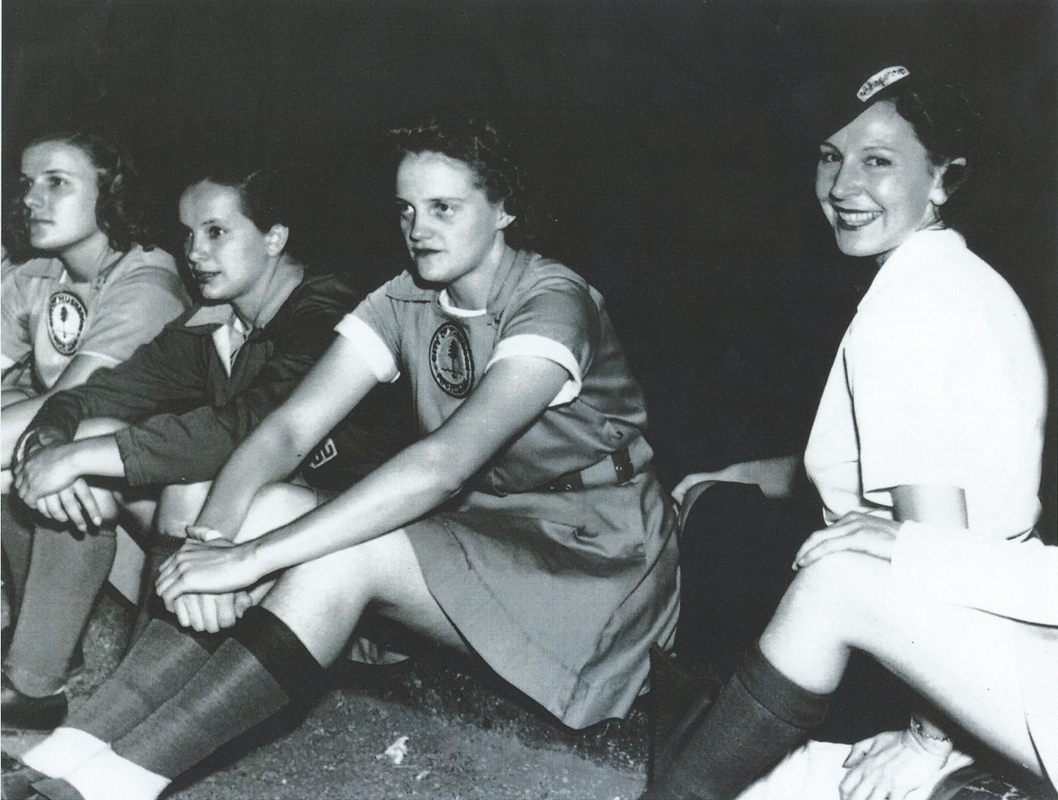 Helen Hannah Campbell (far right) while a chaperone for the Muskegon Lassies.
Helen Hannah Campbell (far right) while a chaperone for the Muskegon Lassies. 
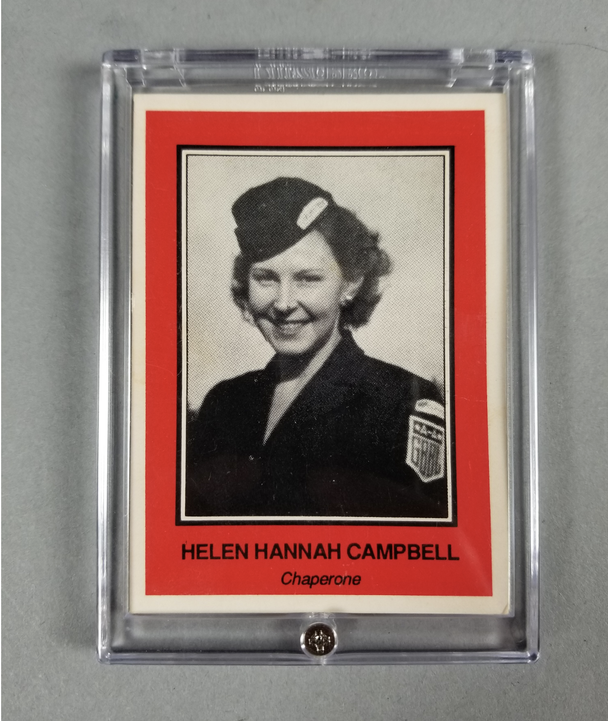
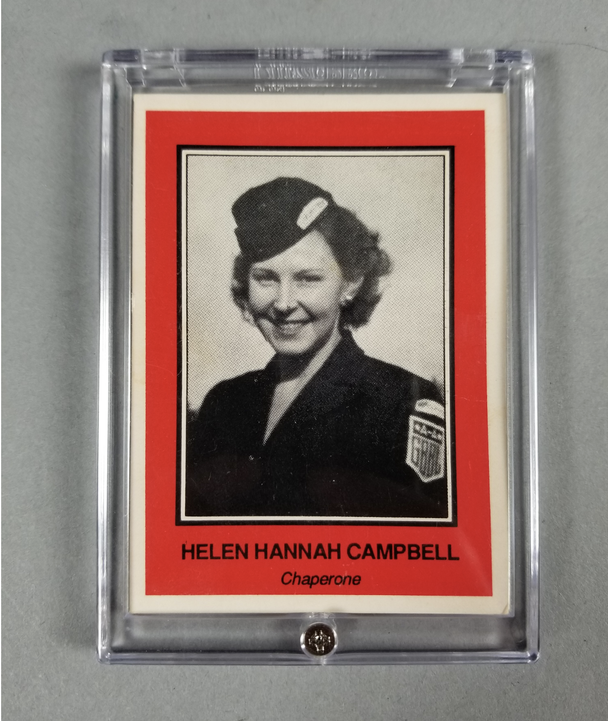
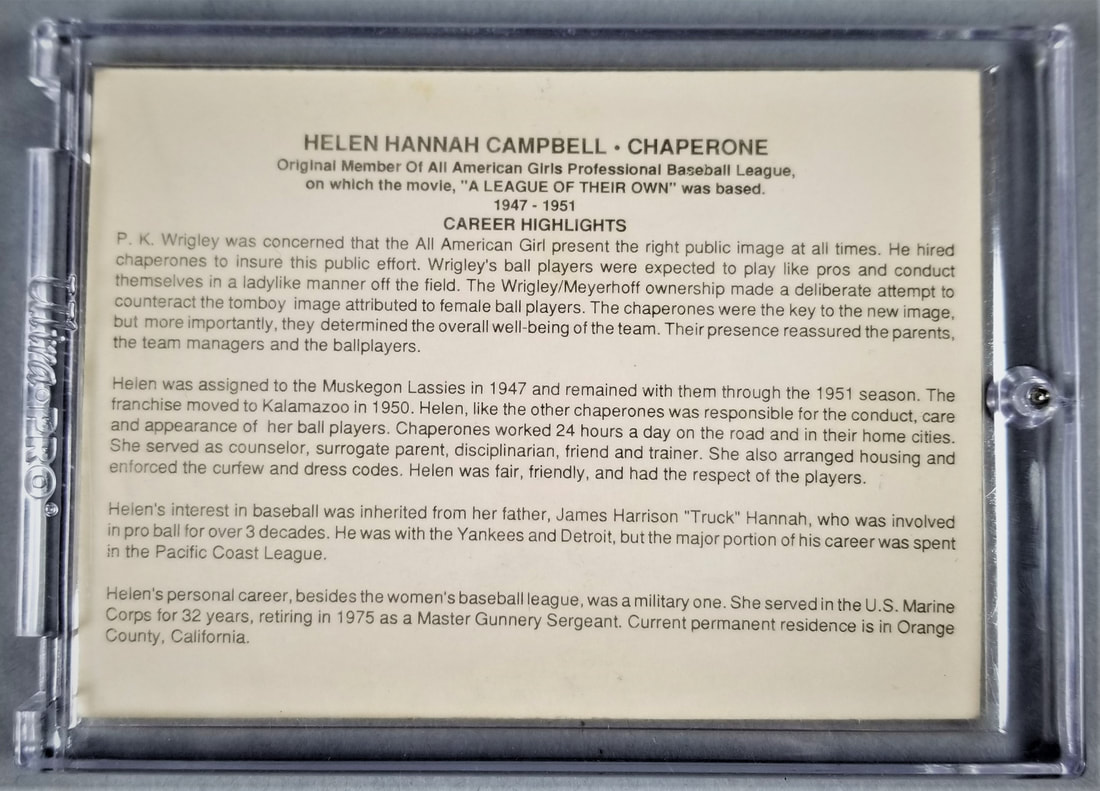
 RSS Feed
RSS Feed







